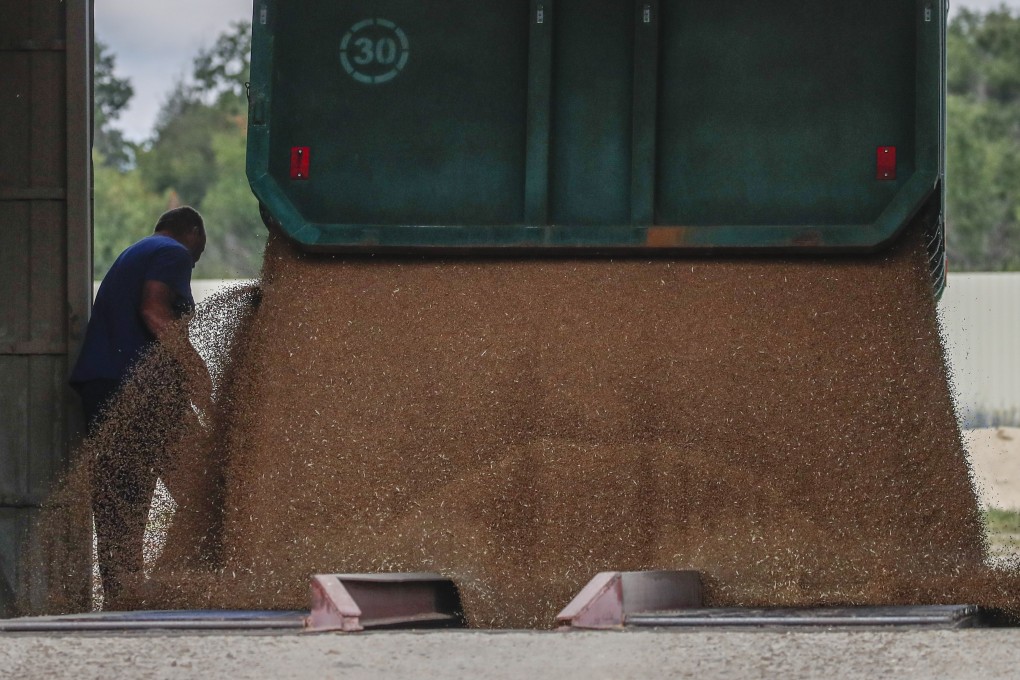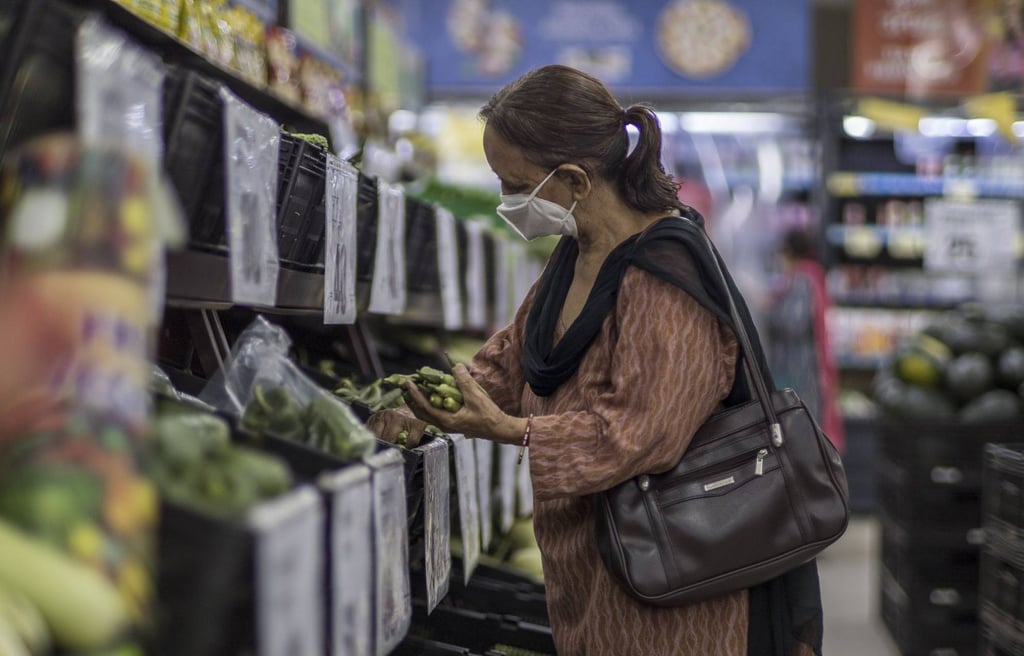Advertisement
The View | Ending Russia’s grain blockade won’t solve global food crisis
- Vladimir Putin’s weaponisation of food security is just the latest blow to an already-broken global food system
- We must tackle not only the Black Sea blockade but the structural issues that left the world so vulnerable to supply disruptions in the first place
Reading Time:3 minutes
Why you can trust SCMP
1

Coming on the heels of the worsening climate crisis, the Covid-19 pandemic and soaring energy prices, war in Europe was the last thing a fragile global food system needed. Up to 50 million people worldwide are now on the brink of starvation.
Advertisement
Russia’s Black Sea blockade has trapped roughly 20 million tonnes of grain in Ukrainian ports – equivalent to the annual consumption of all least-developed countries. But even if that supply is released, it will not be enough, because Russian President Vladimir Putin’s invasion is just the latest blow to an already-broken global food system. The world must now prepare for a food crisis that will last years, not months.
Currently the crisis is one of pricing, with the index maintained by the UN’s Food and Agriculture Organization soaring to a record high. But, by this time next year, there may well be a food-availability crisis.
Our new report on the Ukraine war’s global fallout looks at how disrupted planting seasons will undermine Ukraine’s agricultural exports, while a global fertiliser crunch will compromise many countries’ ability to feed themselves.

This year’s wheat harvest in Ukraine, a country that usually accounts for 10 per cent of global wheat exports, is likely to be 42 per cent lower than in 2021. Former Ukrainian agriculture minister Roman Leshchenko says that the crop coverage in 2022 could be less than half pre-war levels, suggesting that the damage to next year’s harvest has already been done. And when the fighting finally ends, repairing farms, soils and storage facilities will take years.
Advertisement

Advertisement

